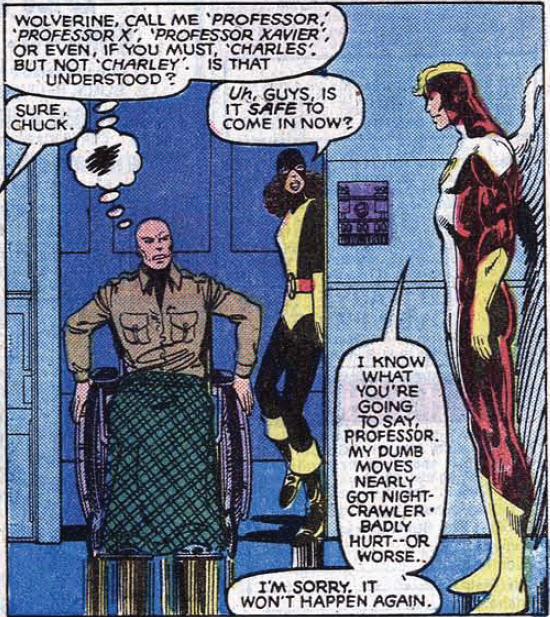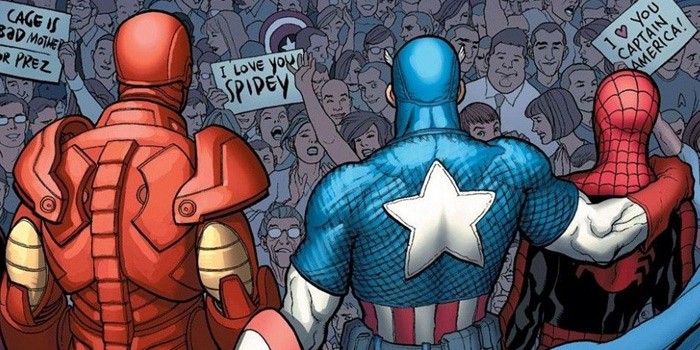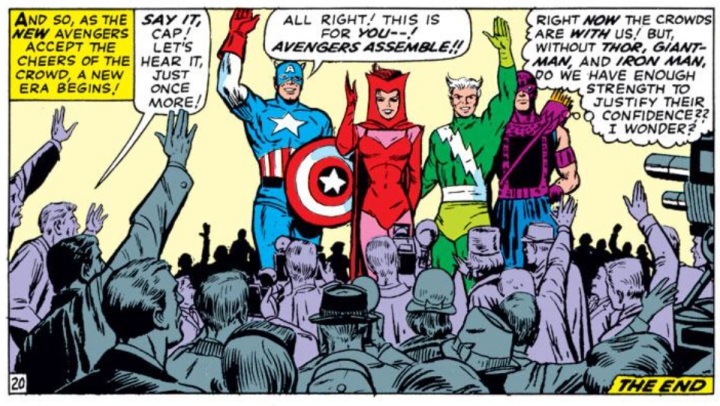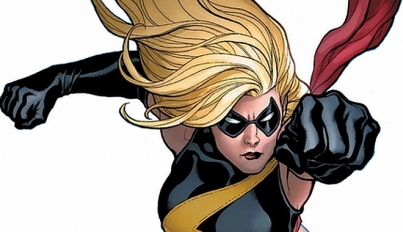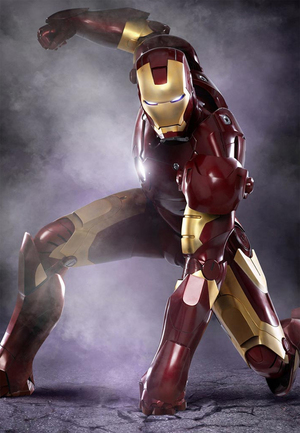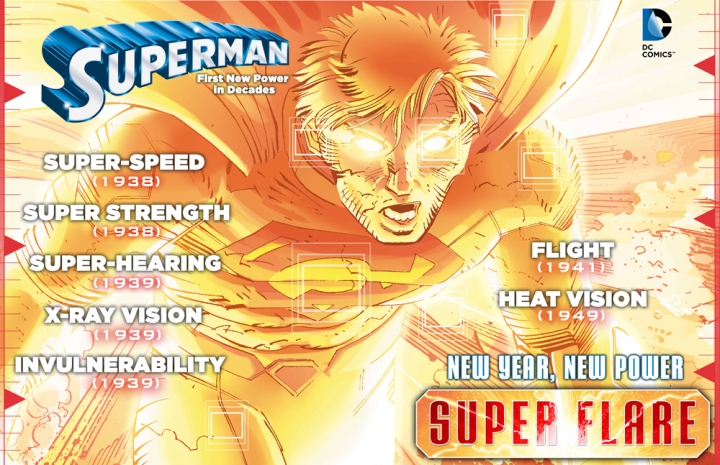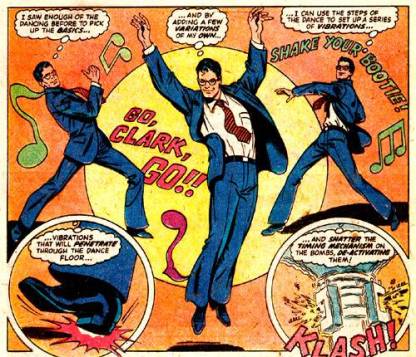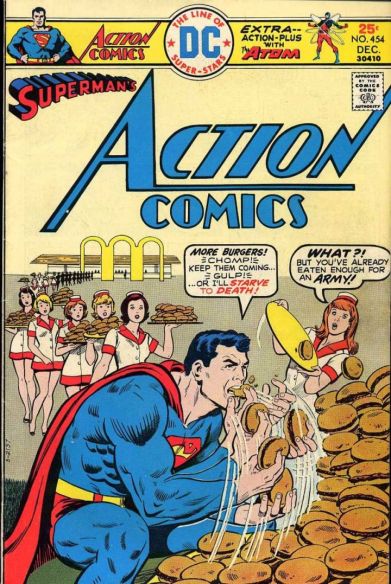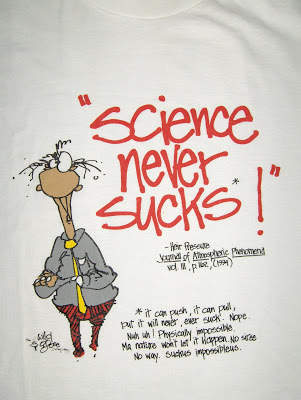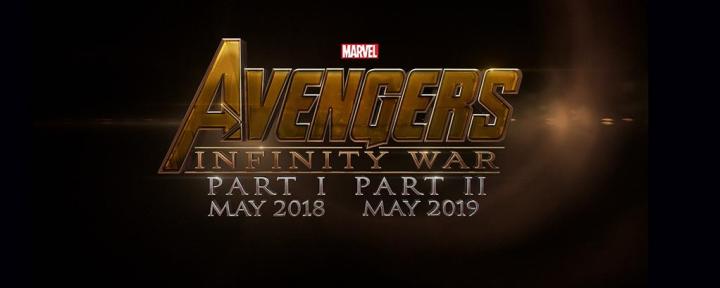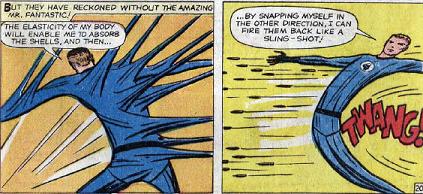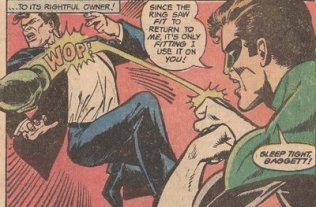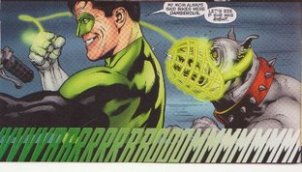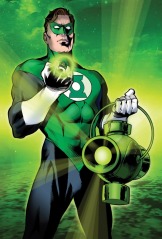
Long-time readers of this blog will know that Captain America is one of my favorite heroes. (Just take a look at these posts about Iconic Images, Teacher Evolution, and Grit-ty Heroes.)
Recently, Marvel Comics released the landmark issue Captain America #700, which includes a special back-up story using unpublished pages drawn by the late, great co-creator Jack Kirby with a new script by current writer Mark Waid.
Check out this classic artwork brought to life:

In the new Avengers: Infinity War film, Cap has a whole new look. Besides facial hair and muted uniform colors, another noticeable difference is his missing shield.

Over the course of decades and different media, the Star-Spangeled Avenger has used a variety of shields. In fact, the good folks at Comic Book Resources have published a list of TWENTY Captain America shields, ranked from worst to best.

Each of these shields are unique, but they all serve as both defensive and offensive tools.
Captain America has his shield. Spider-man’s got his “web-shooters.” Batman has endless batarangs. Green Lantern uses his ring (and lantern).
What trademark tools do teachers use?
Perhaps the most iconic tool of teachers is the chalkboard (and all its derivations). Just do a quick Google search of the word “teacher” and you’ll discover an array of people posing in front of a chalkboard:
As seen in these images, the chalkboard is cross-cultural and used world-wide.
Much like Captain America’s shield, teachers’ chalkboards have transformed over the years.
First we have the chalkboard:

In black OR green varieties!
Then we got the overhead projector:

You can face the entire class while you write – BONUS!
Then came whiteboards:

Less chalk dust, but more mind-altering marker smells!
Add a projector and computer connectivity, and you get a SMARTBoard:

More recently, the advent of “Augmented Reality” (AR) is a new addition to standard SMARTBoards. Here are two photos courtesy of the March/April 2018 issue of THE Journal:


No matter the board, each version serves in the same general capacity – to display visual information, record ideas, provide an avenue for students and teachers to share, and more.
And like Captain America’s shield, the actual effectiveness of the tool depends on the expertise and ingenuity of the user. A state-of-the-art tool used poorly yields shoddy results.
Honestly, the above photos of AR-using teachers are problematic. In one, the teacher is fixated on the board instead of the students; in the second, the computer station is a barrier blocking the teacher from her students. Both examples are just snapshots, but both could be improved with more flexibility and responsiveness to the students.
Let’s look again at Captain America’s multiple shields. Besides the standard round metal variety, I’m particularly fond of Cap’s energy shield. One version of this tool could change according to the user’s purpose:

So teachers, whether you have a dusty chalkboard or spiffy AR-enhanced SMARTBoard, or anything between, please be sure to use it well. Practice to increase efficiency. Welcome student contributions. And use it creatively, adjusting to the context of the lesson and learners’ individual needs.













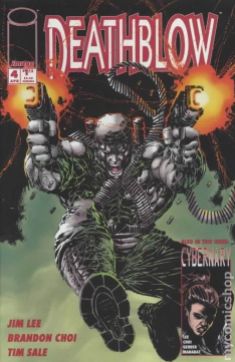










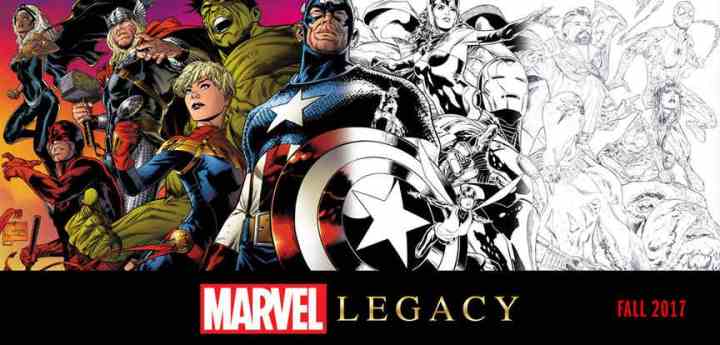


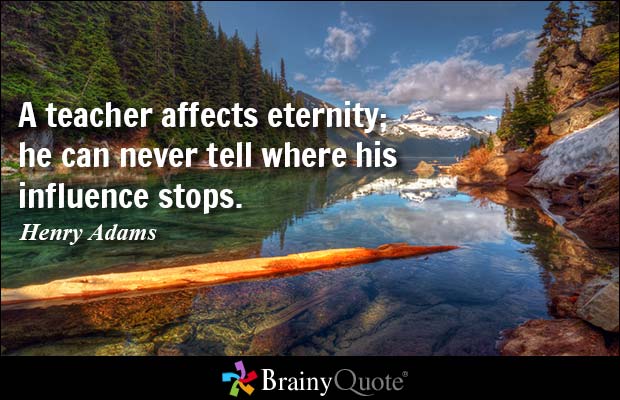


 Take DC villain Darkseid, for instance. First introduced in 1970, this big baddie predates the Star Wars movies by several years. But his name is pronounced “Dark Side.” (For the longest time, I thought his name sounded like “dark seed,” which is more menacing in my opinion.)
Take DC villain Darkseid, for instance. First introduced in 1970, this big baddie predates the Star Wars movies by several years. But his name is pronounced “Dark Side.” (For the longest time, I thought his name sounded like “dark seed,” which is more menacing in my opinion.)








